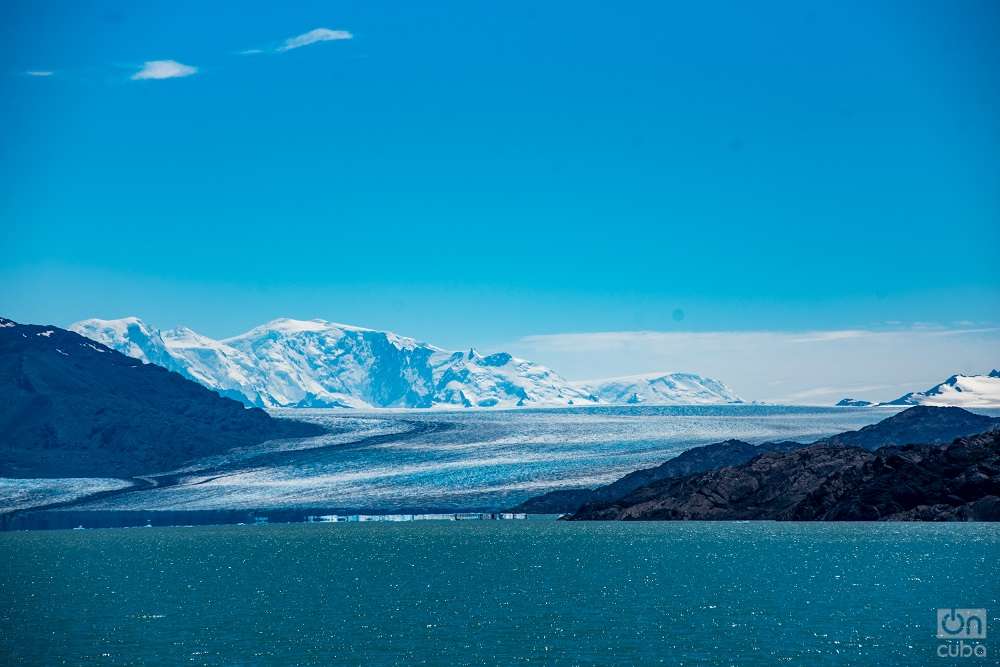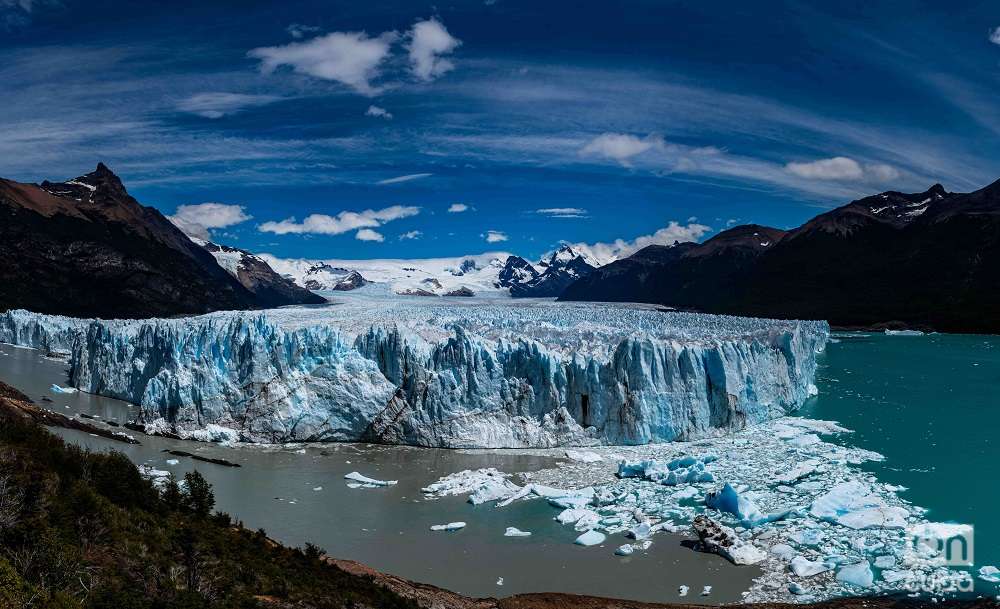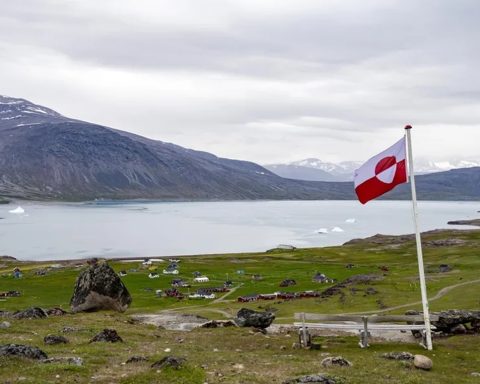My closest relationship with ice for years was defrosting my refrigerator at home, a household chore assigned to me as a teenager. Or, in the blackouts, when my mother sent me to buy from a neighbor who sold ice balls so that we could have lunch with cold water in the middle of the sweltering Cuban summer. She would be 9 or 10 years old.
Those inconsequential memories haunted me while I was walking a couple of days ago on the Perito Moreno glacier and everything, absolutely everything around me and as far as my eyes could see, was ice.
The famous site is located in the Los Glaciares National Park, inaugurated in 1937 and declared a World Heritage Site by Unesco in 1981. It is located in the southwest of Argentina, in the province of Santa Cruz, very close to the southern part of the Cordillera de los Andes.
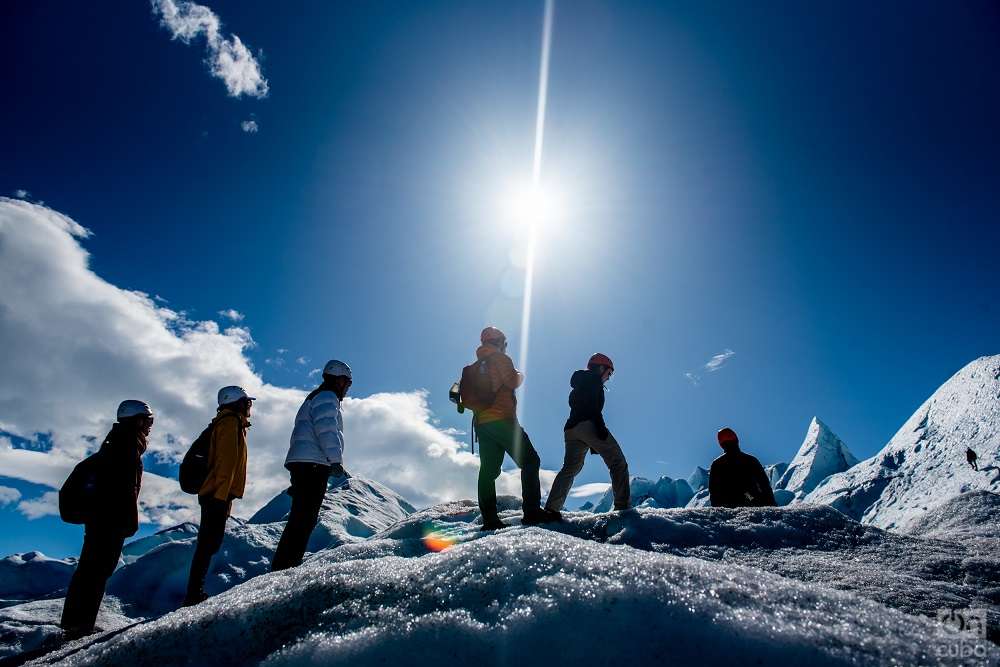
There are 7,269 km² of mountains, lakes, forests, population settlements and, above all and most impressive, numerous glaciers that are born in the giant Patagonian Ice Field, the third largest in the world, after Antarctica and Greenland.
Also known as Southern Patagonian Continental Ice, it is a vestige of the so-called Ice Age, some 20,000 years ago, the last glacial period in the Earth’s geological history.
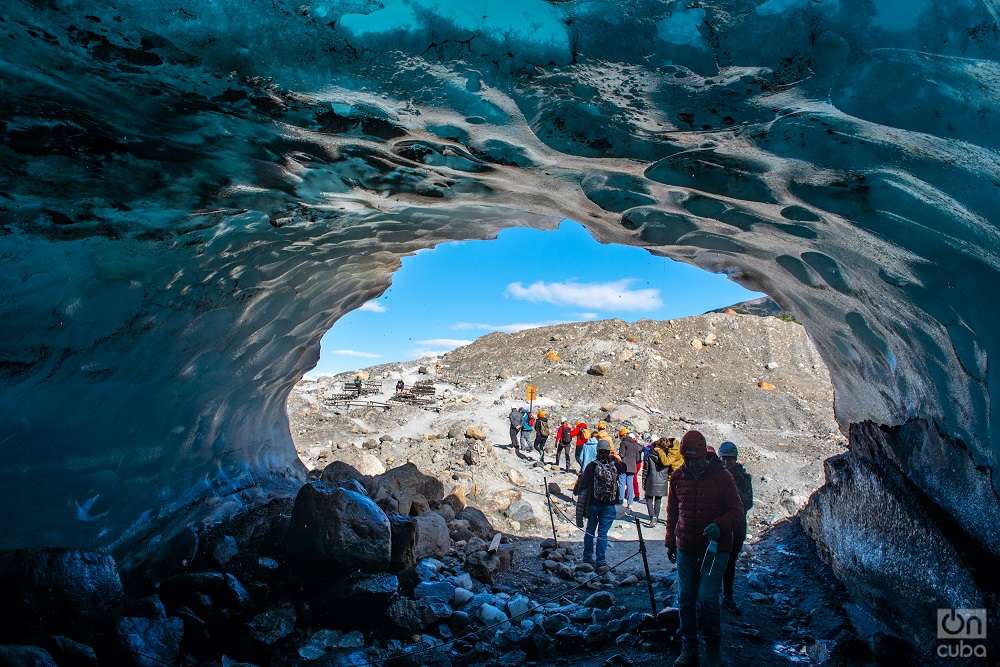
The ice sheet then had a thickness of more than one kilometer and extended in a straight line for about 200. Over time the extension was reduced as a result of glacial erosion. The phenomenon exposed the valleys, lakes and mountains that can be seen in the region.
Today the Ice Field covers an area of 16,800 km², a territory shared between Argentina and Chile. The first belongs to only 30% of the frozen area and to the second, 70.
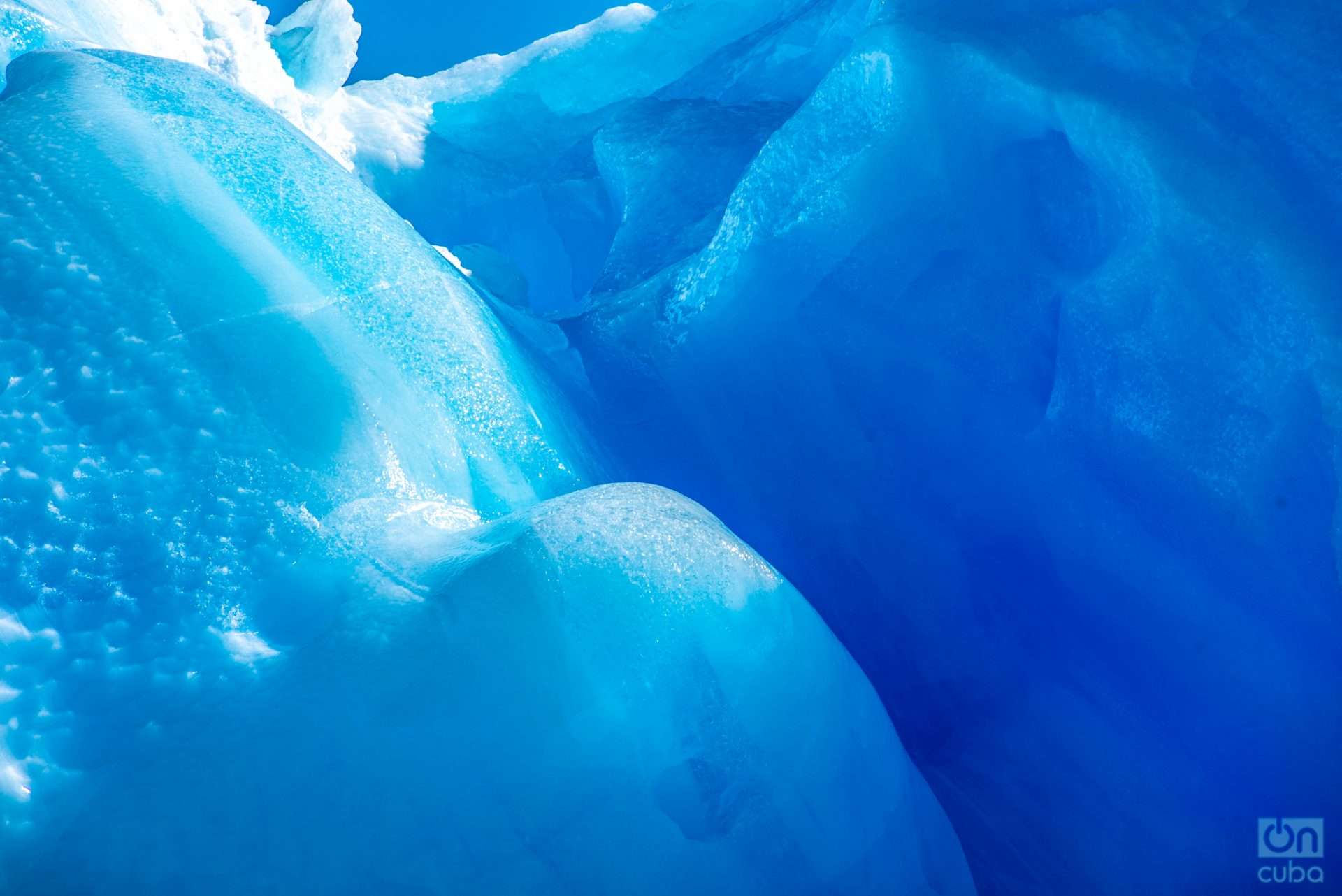
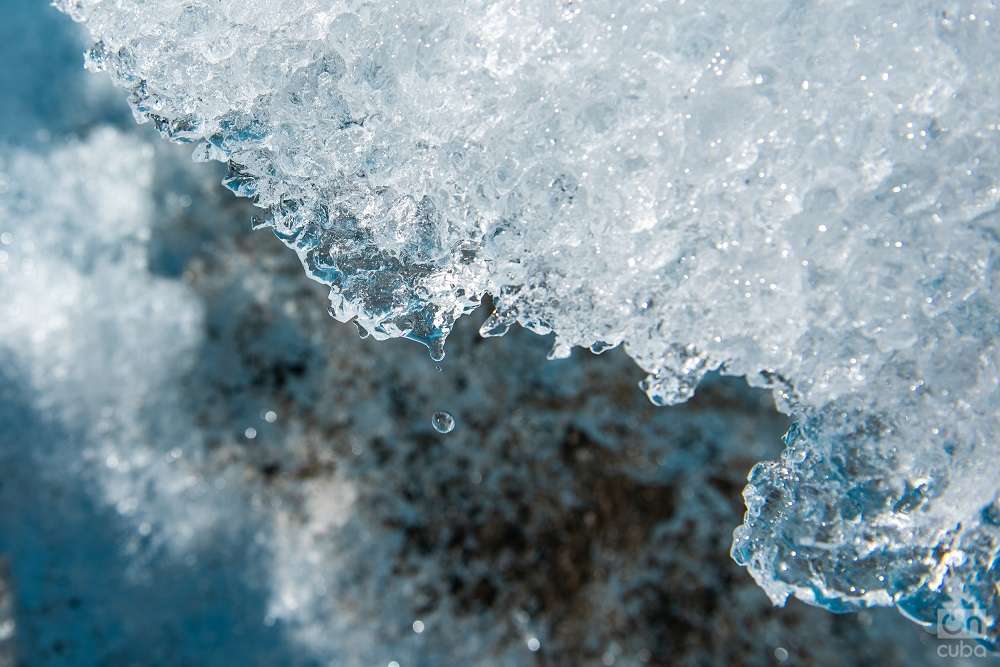
The accumulation over thousands of years of layers and layers of snow has formed the Ice Field. At 1,500 meters above sea level, precipitation in the form of snow is constant all year round. In this strip, up to 7 thousand millimeters per year are discharged; a large natural ice factory.
From there 49 glaciers are born. Some cross the aforementioned National Park, in Argentina, and others descend through the Bernardo O’Higgins de Magallanes National Park, in Chile.
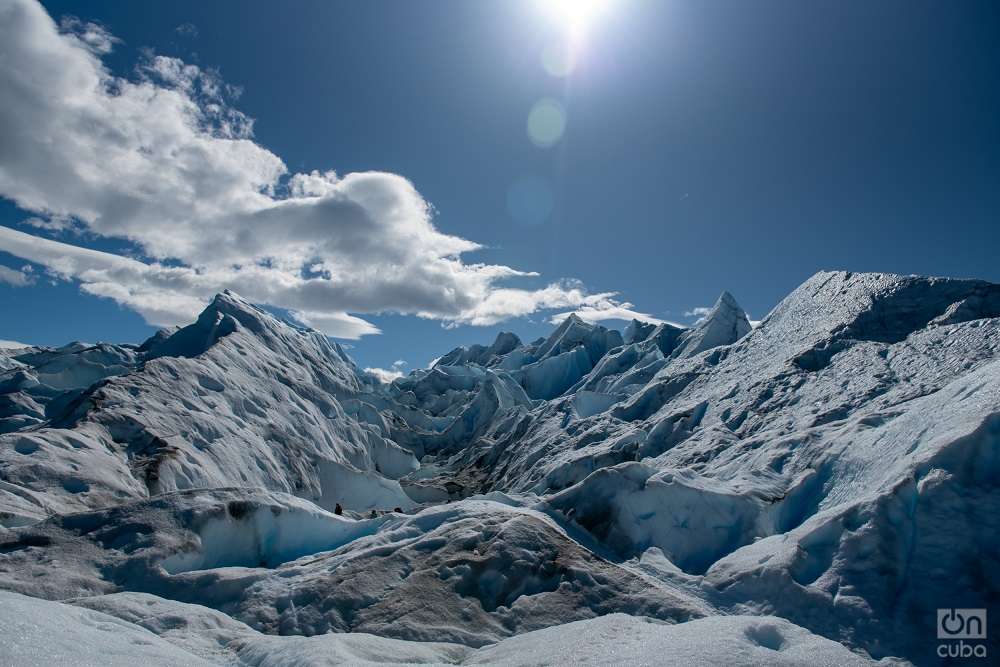
On the Argentine side, the most important glaciers are Viedma with 978 km², Upsala with 902 km², Perito Moreno with 258 km² and Spegazzini with 134 km2. In addition to the Patagonian Ice Field, about 18,000 smaller glaciers have been recorded in the region.
These data and many more are given by Juan and Luli, the guides in charge of driving and caring for about twenty people during the two-hour walk through the Perito Moreno Glacier.
Before stepping on the ice and meeting both young people, who speak with love and knowledge about these places, I was totally ignorant of the universe of glaciers. I did not know, for example, that there is glaciology, a branch of natural sciences in charge of the study of snow and ice.
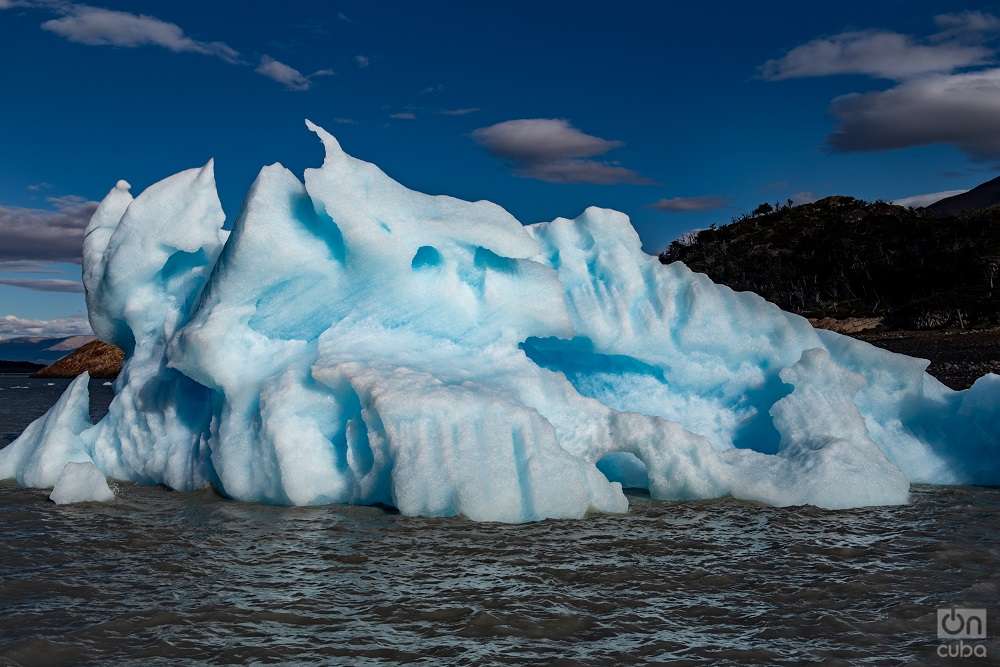
What most caught my attention is that we were walking through a mass of ice made from compacted snow; not frozen water, as is often mistakenly believed that glaciers are formed.
And they move! Due to the force of gravity, glaciers slowly descend to the lower levels, until they reach bodies of water such as lakes or seas.
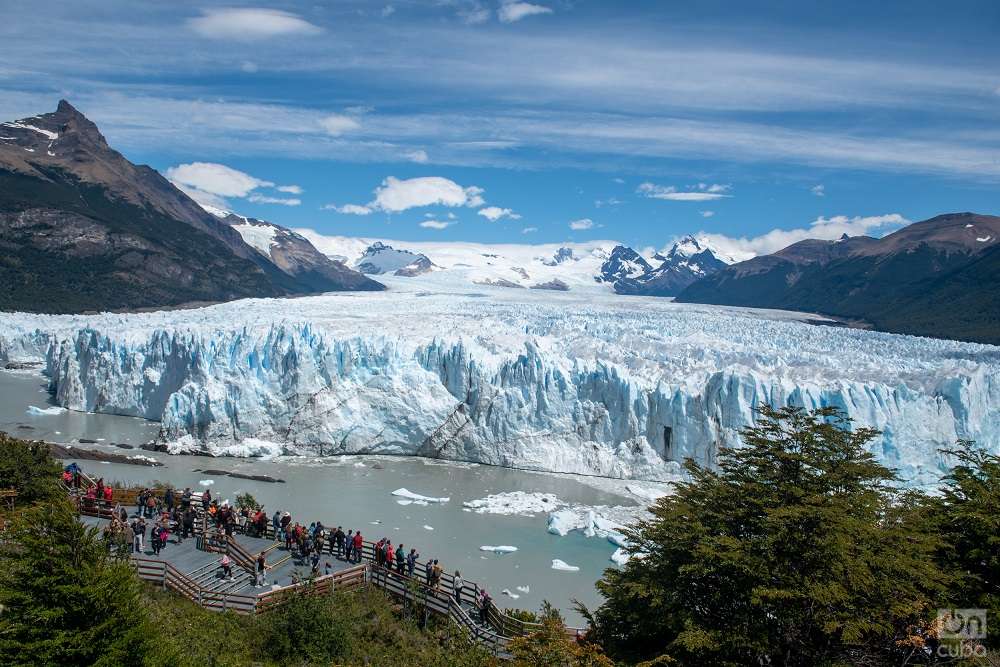
“The glaciers of Patagonia are dynamic and are called temperate. Unlike those in Antarctica, these are supported on warm rocks, which have a temperature above zero degrees. Between the rock and the ice there is a film of water that serves as a lubricant for movement. It is not possible to perceive the movement with the naked eye; but, for example, the Perito Moreno glacier where we are traveling, advances about 2 meters per day”, says Juan.
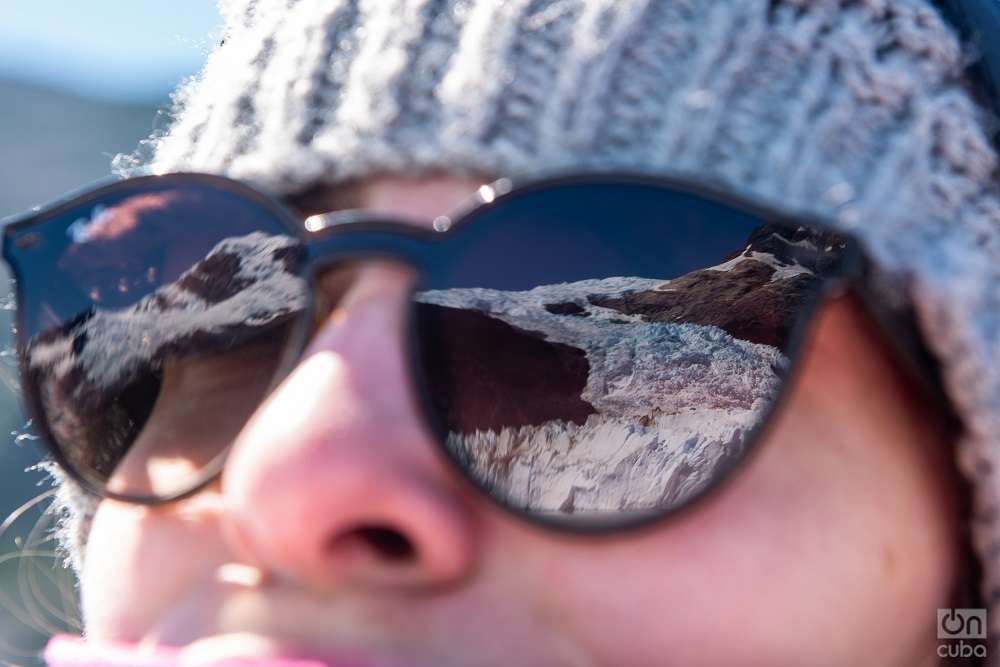
As we walked across the ice, the different shades of blue stopped my step more than once. Ice absorbs red light and reflects blue light. There I discovered streams, wells and cracks. It is part of the natural drainage that allows the glacier to slide down the mountain.
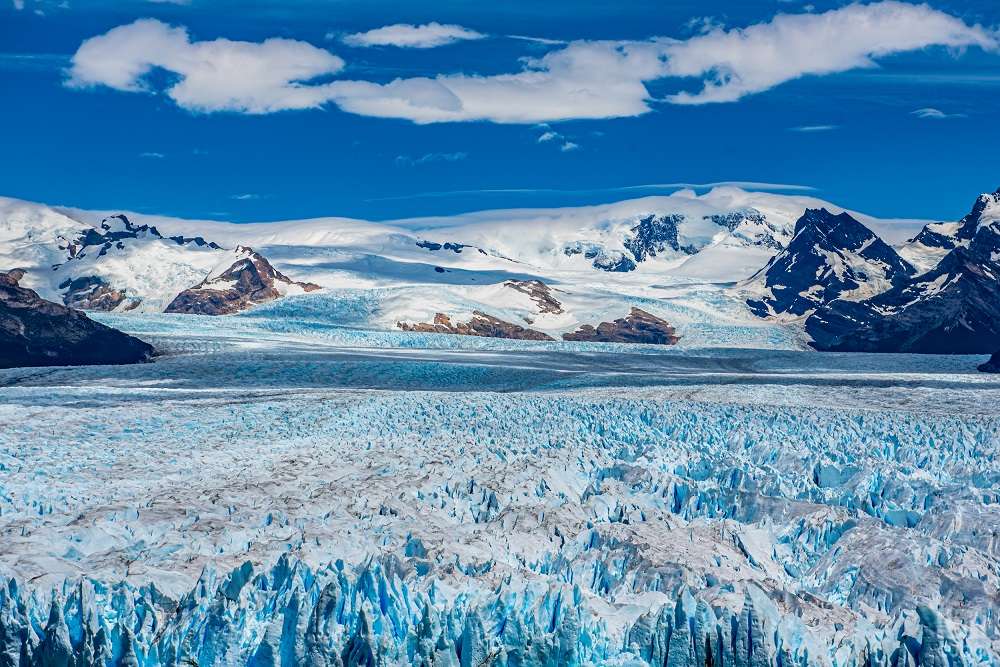
We barely traveled a couple of kilometers from Perito Moreno. The glacier, which bears the name of the explorer and director of the Argentine Scientific Society Francisco Moreno, is a few kilometers larger than the Autonomous City of Buenos Aires. It is 5 kilometers long and its highest wall measures 70 meters above the surface of the water.
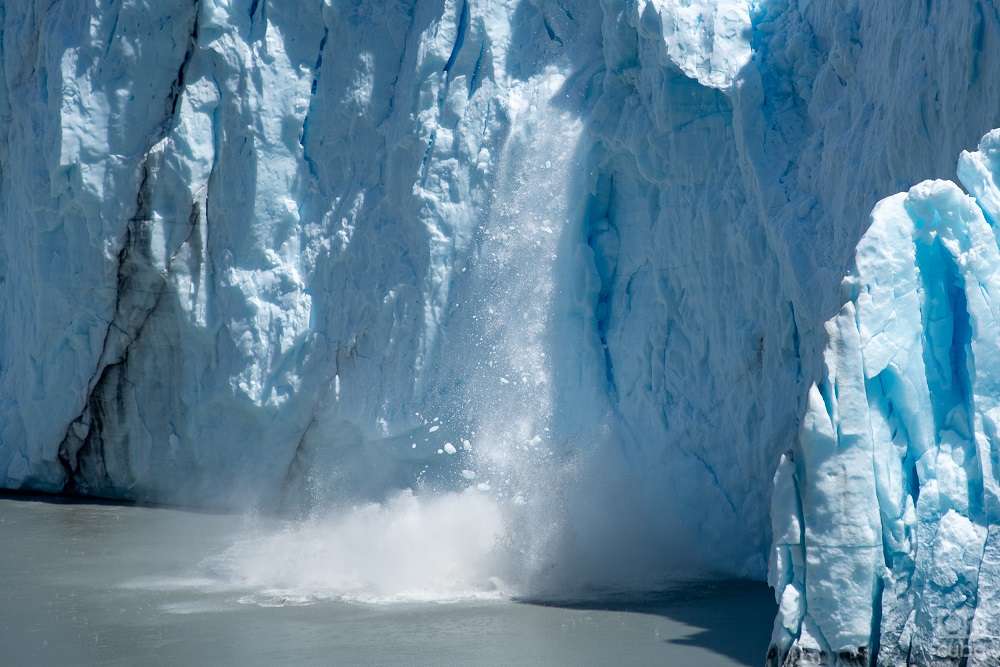
Your tour ends at Lake Argentino, the largest in the country. On its margins, another unique spectacle of nature can be seen a few hundred meters away: landslides from the walls of the glacier. It is part of the natural cycle due to temperatures, internal friction and movement. The blocks of ice that break off are the famous icebergs or icebergs.
The Perito Moreno is one of the best-known glaciers, among other attributes, because it is the one with the greatest accessibility to the public. It is estimated that half a million tourists from all over the world visit it every year.
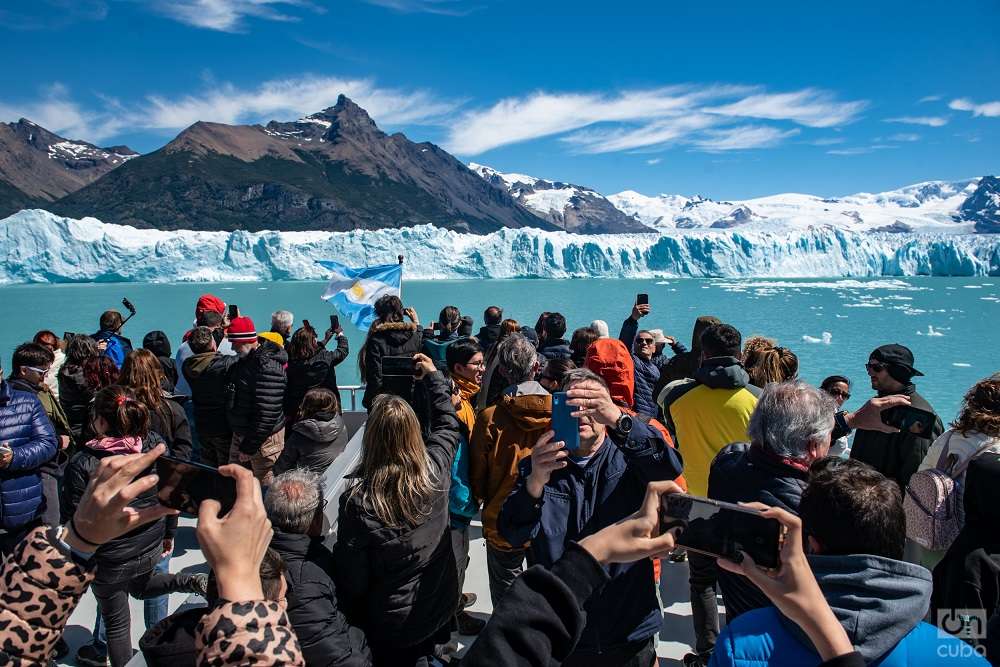
In addition, it is one of the few glaciers on the planet that, despite global warming, is not receding, it remains in balance and is even growing. In other words, the ice that breaks off is somehow recovered by the accumulation of snow at its source, in the Southern Patagonian Ice Field.
This is good news if we take into account that glaciers accumulate more than 75% of the fresh water on Earth.
